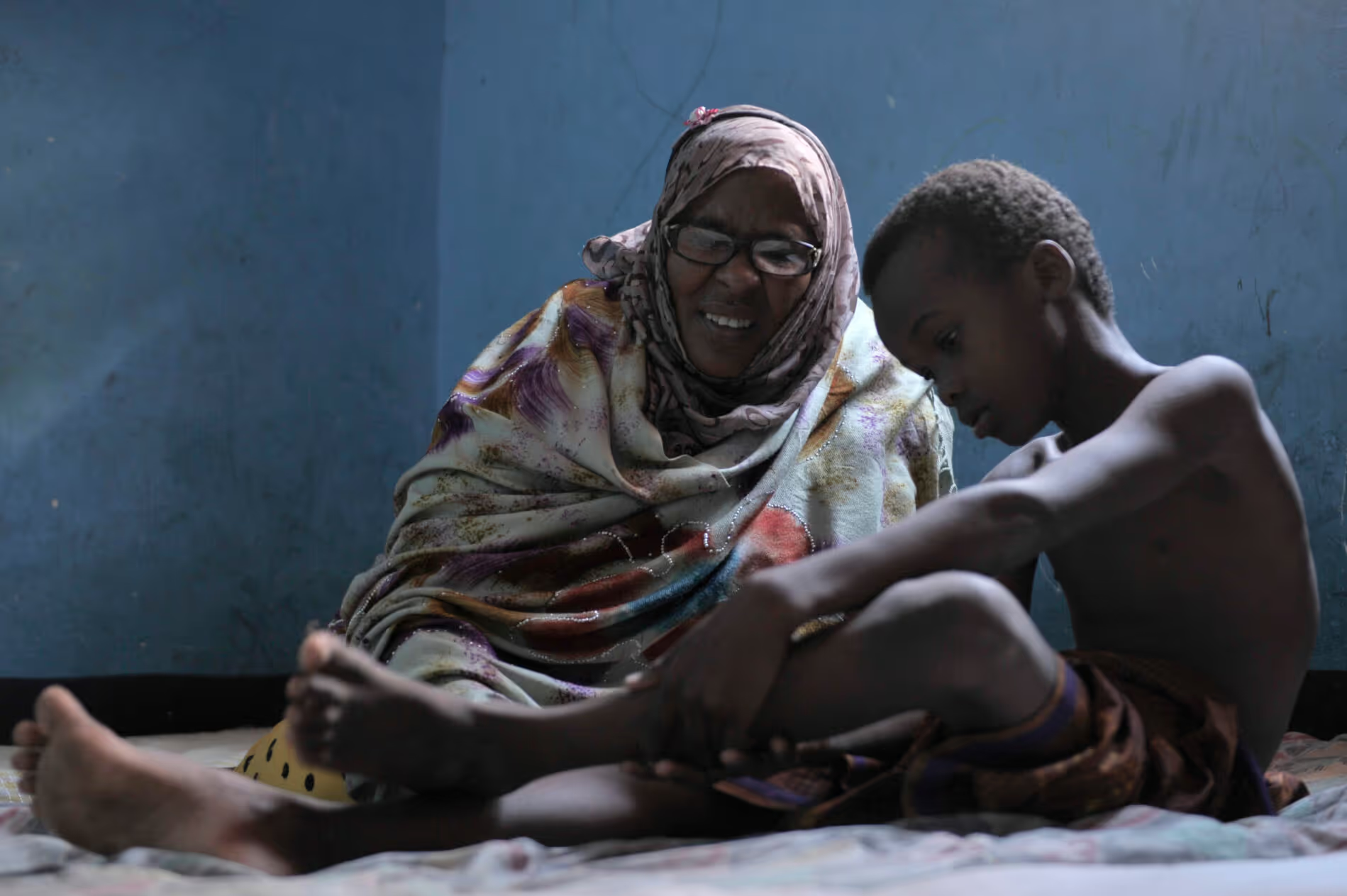Measuring the Inclusivity of DRR and Resilience Programming

Project overview
The consortium developed a tool for assessing the participation of people with disabilities and the elderly in emergency response community planning fora. The innovation aimed to provide program implementers with a tool to verify whether interventions are adequately inclusive.
Project solution
This project offers [specific solution or intervention] to tackle [challenge]. By implementing [strategies, tools, or innovations], the project aims to achieve [desired outcomes]. The approach is designed to [specific actions or methods] to bring about meaningful change in [community, region, or issue area].
Expected outcomes
This project aims to achieve [specific outcomes], such as [measurable results, improvements, or changes]. The expected impact includes [benefits to the target community, advancements in research or innovation, or long-term effects]. By the end of the project, we anticipate [specific changes or milestones] that will contribute to [broader goals or objectives].
What humanitarian need was addressed?
Many disaster risk reduction (DRR) and resilience programs have adopted inclusive approaches to co-design interventions alongside affected communities. This is sometimes done through community planning or other mechanisms for consulting communities. However, there remains little analysis on the extent of participation by people with disabilities and the elderly in these fora, and whether their perspectives are meaningfully incorporated in program design and implementation. This innovation seeked to fill the evidence gap by designing a tool that can be used for understanding the effectiveness of DRR community design and implementation forums that target people with disabilities and the elderly among stakeholders.
How did the innovative solution impact humanitarian practise?
Initially, the consortium –leveraging its collective expertise in disability inclusion, humanitarian program implementation, and research – conducted formative research to better understand how the affected populations define meaningful participation and to identify the existing barriers they face. Based on the findings of the research, the consortium produced a draft tool, which was circulated among relevant experts for validation and revision.
The tool was then pilot tested across four locations in Somalia over three rounds. Each round informed further revisions, based on feedback from users, people with disabilities, the elderly, and humanitarian actors. Data collected during these pilots was also analysed for internal consistency and interrater reliability, which guided additional refinements. A handbook and a scoring system were also developed to support the tool’s usage.
Once finalised, the tool was presented in community forums, where stakeholders confirmed that it accurately captured many of the barriers faces by people with disabilities and the elderly in Somalia.
What progress was achived and what were the key learnings?
The project successfully achieved its primary objective of developing a user-friendly observational tool that captures physical, communication, and attitudinal barriers to inclusion frequently encountered by people with disabilities and the elderly in Somalia.
Feedback from programme staff and community forums, during which the final tool was disseminated, suggests the tool holds strong potential to meaningfully improve the lives of people with disabilities in Somalia. The tool prompts users to think critically about inclusion, provides them with an internal mental model of inclusion, and helps programme staff and other community members realise how encompassing disability inclusion is,
Furthermore, the observational tool can be a practical tool for people with disabilities, by giving them the vocabulary and reference points to advocate for their own inclusion in humanitarian programmes.
An unexpected outcome was interest among stakeholders in adapting the tool for use in other contexts, such as in guiding the design of new infrastructure in their communities.
Future potential and lessons for innovation
Feedback from programme staff suggests the tool holds strong potential to be adapted and further refined by programmes for their own internal use.
An important lesson from the project was the value of co-creating the tool with people with disabilities from diverse backgrounds, which helped ensure that the tool captured context-specific barriers and reflected the intersectional nature of exclusion.
Interest among stakeholders in applying the tool to infrastructure planning points to its potential for broader application in other contexts, and potential for wider impact beyond humanitarian programming.
Project delivery & updates
Stay up to date with the latest developments from this project. Here, you will find details on what has been delivered, resources created, and regular updates as the project progresses. Access key documents, reports, and other materials to see how the project is making an impact.